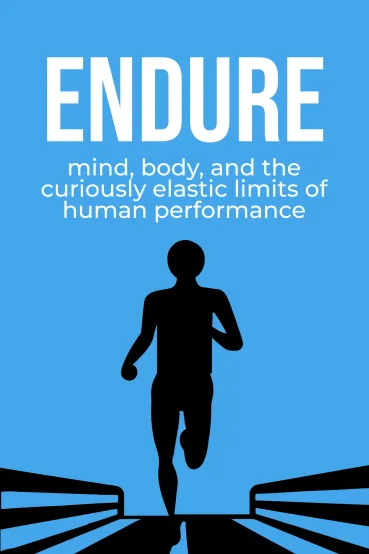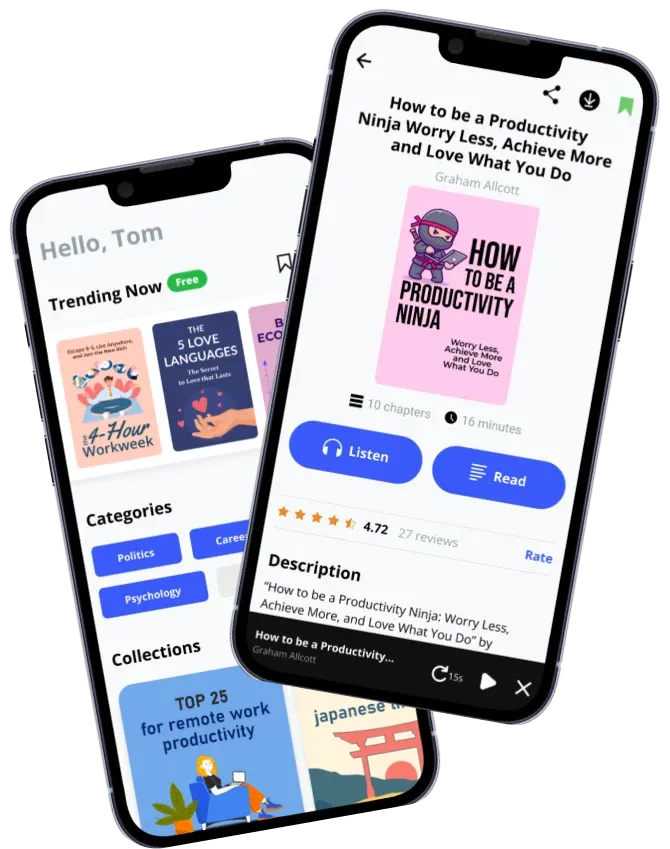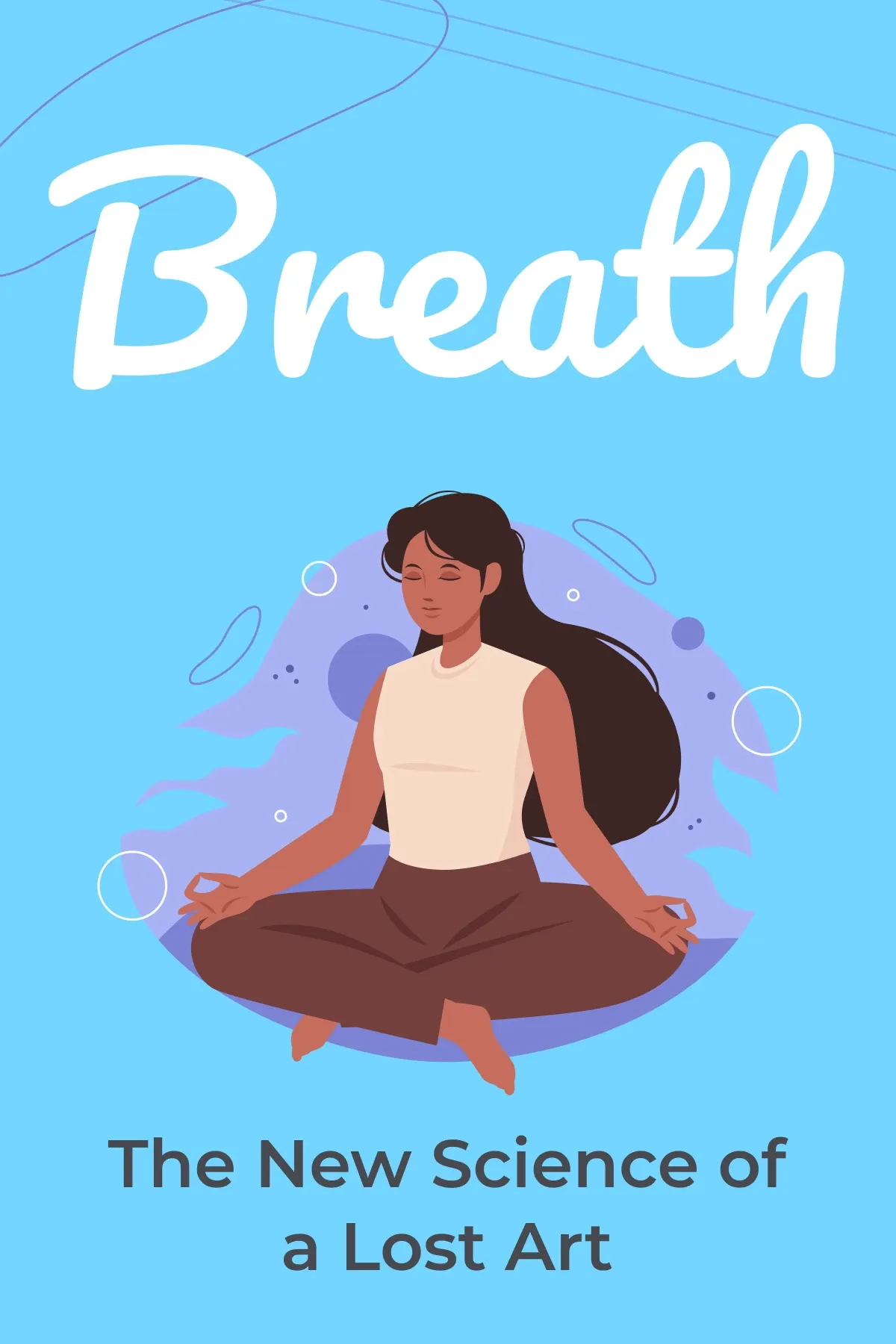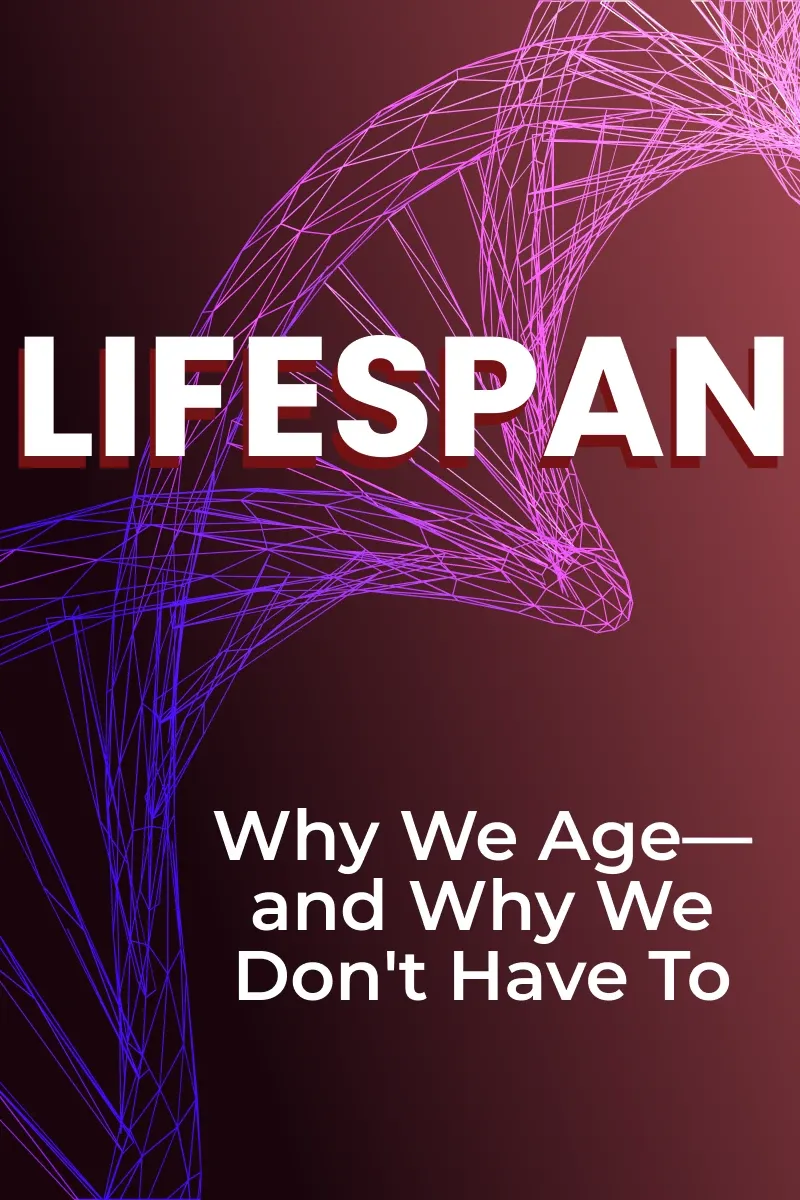
Endure
Brief Summary
Have you ever wondered how athletes push their bodies to the absolute limit? Or how ordinary people can endure extraordinary challenges? Alex Hutchinson, a former elite runner and award-winning science journalist, gives all the answers in his book “Endure.” He reveals the science behind our physical and mental limits, exploring how our bodies and minds adapt to extreme conditions.
Key points
Key idea 1 of 7
Endurance is not just about our bodies, as it is also a battle of the mind. When we think about endurance, we tend to picture athletes working on the edge of their capabilities or explorers living through harsh conditions. However, the concept of endurance is more complex than just physical strength. Endurance is a combination of mental and physical capabilities, where the mind’s resilience can often make a crucial difference.
The very essence of endurance is the ability to keep going despite a strong desire to stop. Physically, human beings have definite limits. For example, no matter how much we train, we cannot outrun a jaguar or outswim a shark. Our bodies have physiological constraints like the need for oxygen and food. Additionally, we face the challenges of extreme temperatures, dehydration, muscle exhaustion, and pain. All these factors define our physical boundaries.
However, many athletes and adventurers have proven that physical limits are not the only assets of victory. Their achievements depend not only on their physical training but also on their mental strength. For instance, explorers like Ernest Shackleton, who survived extreme Antarctic conditions, and athletes like Roger Bannister, who broke the four-minute mile, have remarkable mental resilience. Their mindset was highly crucial for surpassing limits.
When we are pushed to our limits, the brain interprets the signals of discomfort and decides how to respond. It can be either intense exercise or extreme conditions. For example, the feeling of muscle fatigue is not just about the muscles themselves but also about how the brain perceives this sensation. In many cases, if the brain decides to tolerate the discomfort, it can push the body further than we expected.
Now, you may ask: how does one trick their physical constraints? Mental strategies can help, as they extend physical limits and enhance endurance. Techniques like visualization may improve the outcomes. Many athletes use this tool before the actual competition. Also, using positive self-talk or repeating encouraging phrases helps reduce the perception of effort and pain. These mental techniques can shift focus away from the discomfort and help maintain effort over extended periods.
You may also like these summaries











